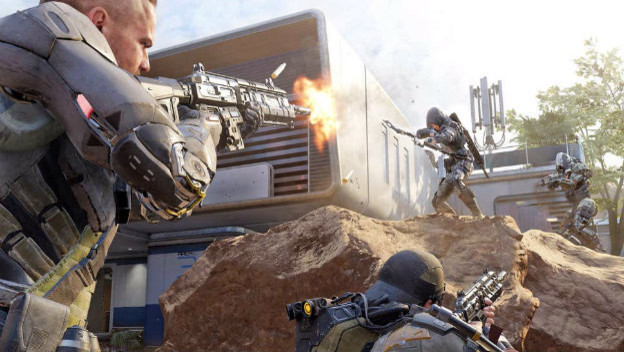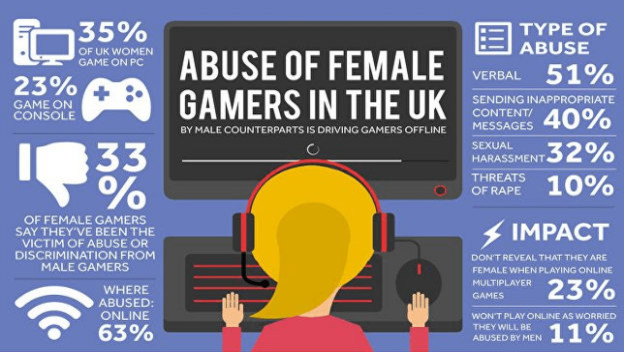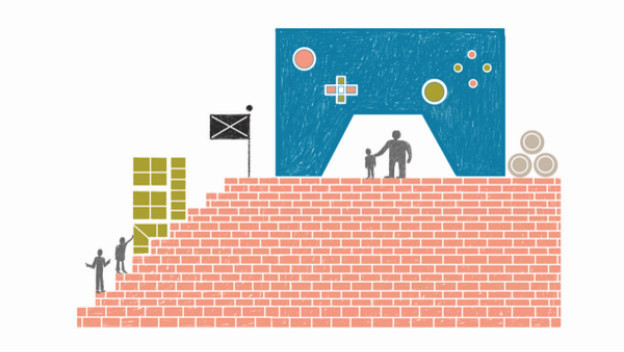Video games have once again been in the news, thanks to a toxic combination of back to back mass shootings and the Trump Administration. Lobbyist groups, like the NRA, hold too much power over our political process, so folks like Trump would rather do things like point fingers at video games instead of work to solve our outstanding issues. That said, while video games aren’t directly responsible for violence, there are plenty of other real life issues adjacent to our favorite medium. So, let’s talk about those instead.
Propaganda

Much like many Hollywood action movies, lots of AAA video games from huge publishers are basically giant vehicles for government and military propaganda. In order for military shooters to use as much realistic iconography as possible (accurate weapons, vehicles, branding, etc.) agreements have to be made with the military, which includes approving content. In addition to that, army recruiters use games as part of their efforts as well. It’s all connected, and publishers are more than happy to rake in dollars without examing their contributions to our military industrial complex.
Addiction

We can gripe about the idea of video game addiction all we want, but the reality is that video games are designed to cause psychological influence on a structural level. That’s why things like loot boxes, experience grinding, guilds, and many more features that are in so many major games. The World Health Organization classified video game addiction as an actual disease not to demonize video games, but to make sure people suffering from this condition can get proper help they need. The WHO classification allows for insurance coverage, research, and other avenues to get people the help they need.
Labor Abuse

Yep, it’s time to talk about crunch. The video game industry is rife with labor abuses, some worse than you’ll ever see in any other tech-adjacent work environments. QA testers especially get the brunt of it, often being expected to work well over 40 hours per week, even if they don’t have work to actually get done. The industry is a revolving door due to this stuff, ensuring that senior-level positions are never trully filled, as talent is pushed away by unending crunch, bad contract deals, and constant layoffs.
Epilepsy/Seizures

There’s a reason those warnings you tend to ignore are often attached to a game’s initial opening screens. Most games or game manuals, dating back to the 90s, suggest taking breaks and exercising caution with things like lighting conditions while gaming. Especially when the player might have a condition such as epilepsy. Games often feature flashing lights and other potential triggers, which can lead to things like seizures. This can happen in other mediums as well, but games can really cause things like eye strain or worse if both developers and players aren’t careful. Just look at Nintendo’s Virtual Boy. Admittedly, this is a minor issue compared to others, but hey, it’s a real life matter, so it fits the theme.
Harassment

As this infographic from UK-based research firm Bryter notes, there is a huge problem with harassment in video game communities. That’s particularly true when women are involved. When a player is identifiably a woman or presents as some gender identity other than male, anything from hateful messages to active voice chat harassment and sexual harassment happens almost every time. Many women choose to mask their identities or pretend to be male when gaming online for this very reason. And so far, tools to deal with harassment and toxic players in communities have not been successful for various reasons, with some developers opting to get rid of things like in-game chat entirely.
Digital Rights Management

Ah yes, DRM is the most hated enemy of video game pirates, but also a notorious villain for normal consumers. In what always end up being futile efforts to combat piracy, many publishers have used things like obtrusive DRM software to more or less make life miserable for people actually willing and able to spend money on games. From online check-ins to validation software that negatively impacts performance, DRM is really the tip of the iceberg. Publishers are also fighting consumers on ownership rights in other ways, using lengthy ToS agreements to slip in language that ensures consumers don’t actually own the content they purchase, especially if it’s digital. While the people who work on games do deserve to get hella paid for their work, often these rights matters are used by publishers to exert control over IP, often at the detriment of everyone else involved.
Radicalization

If you’ve been paying attention, you’ve probably noticed the rise of what we’ve come to know as the “alt-right” in recent years. Regardless of the words on your voting card, it’s an objective fact that these communities are all-in on stuff like white supremacy. It’s literally in their content across various mediums. Now, a really harsh truth about the alt-right is that video games, especially the online communities surrounding them, have become a hot bed for alt-right and white supremacist recruitment (not unlike the army recruitment we mentioned earlier, which is a whole can of worms we won’t get into now). It’s sad, but gaming as a cultural presence has a lot of dark problems, and parents who don’t really understand modern technology and culture are extremely ill-equipped to deal with it. While the big publishers are too busy trying to play “apolitical” to maximize profits, this stuff isn’t going to get better.
